The Scots ex-pat who sailed to the failed colony of Darien
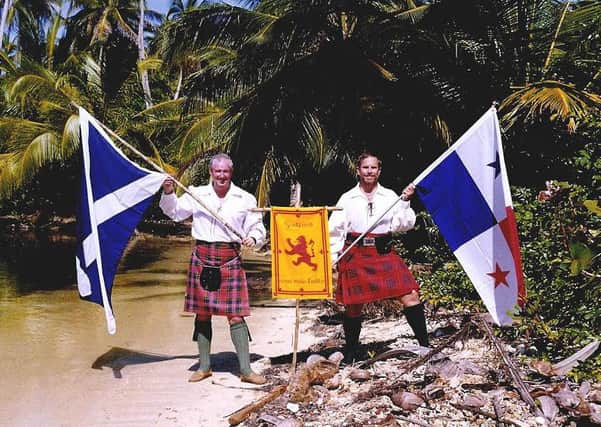

Today (November 2) marks the 318th anniversary of the arrival of the first boat at Caledonia Bay from Leith on a venture to secure a powerful trading colony, to be known as Caledonia.
It was a venture to create riches for an ailing 17th Century Scotland by connecting a new, faster route between the Atlantic and Pacific oceans.
Advertisement
Hide AdAdvertisement
Hide AdBut the 1698 Darien Scheme - funded by huge amounts of public subscription said to total half the wealth of the nation - ended in the death of almost 2,000 Scots and a debt so damaging that it is partly responsible for Scotland signing the 1707 Acts of Union.
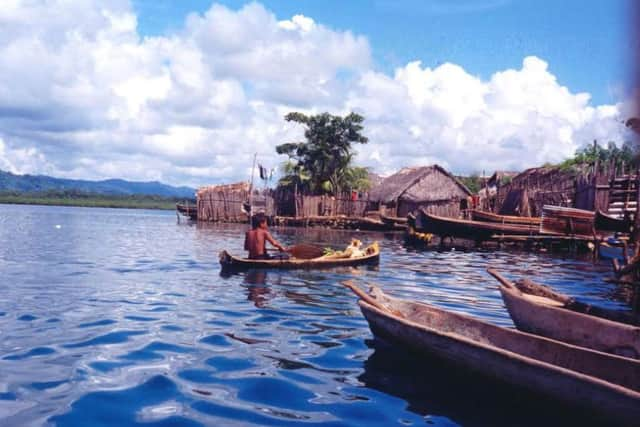

On November 4 1998, to mark the 300th anniversary of all five boats of the Scottish fleet arriving at Caledonia Bay, Stewart Redwood, a geologist from Stirlingshire, likely became the first Scot to arrive on the stretch of tropical coast since the Darien settlement was finally abandoned in November 1700.
Mr Redwood, 55, who has lived in Panama for more than 20 years, had already visited Darien on a one-man mission in 1993. WIth no maps of the area, he made it to Caledonia Bay by light aircraft and wooden canoe and stayed with the native Kuna people for the weekend.
Mr Redwood said he embarked on the voyages in tribute of the “hopeful and valiant” Scots men who now lay in “unmarked but not unforgotten graves.”
Advertisement
Hide AdAdvertisement
Hide Ad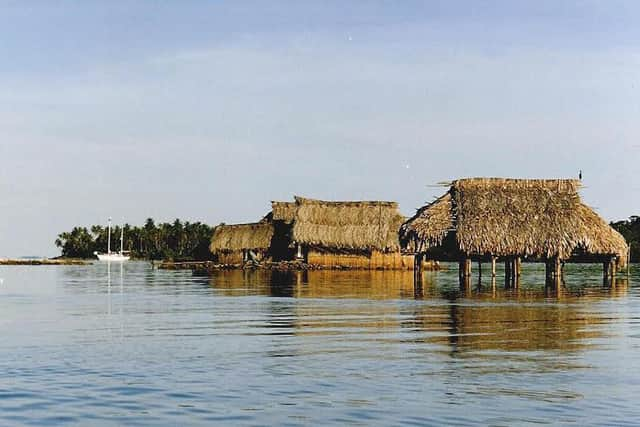

Always ready for an adventure, he said he had been surprised that no historian had visited Darien, even by the 300th anniversary, although this had now changed with the research trips of John McKendrick who published ‘Darien A Journey In Search Of Empire’ last year.
In 1998, Mr Redwood and his friends from the St Andrew’s Society of Panama, mostly Americans with Scots heritage, sailed for four days from Cristobel Port at the Atlantic end of the Panama Canal to Caledonian Bay.
While his journey was far shorter than the gruelling 16-week voyage of 1698, what he found on arrival was a lush, jungle landscape very similar to that spotted by the Scots some 300 years earlier.
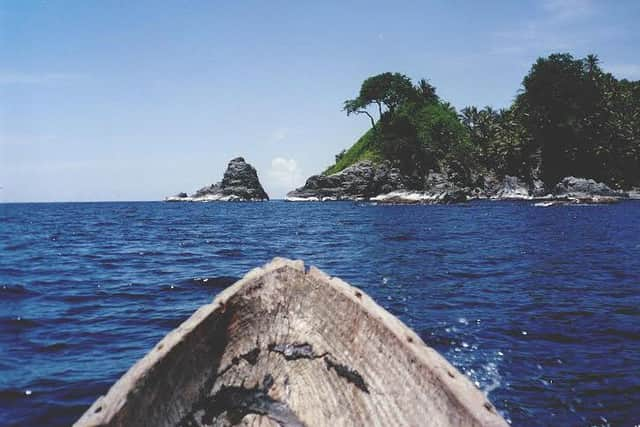

Mr Redwood said; “The area has not changed at all since the Scots’ time 300 years ago. It is a beautiful, unspoiled paradise of lush green jungle, mangrove swamps, coral islands and reefs with golden beaches and turquoise sea that basks in the tropical sun and are nourished by the rain.”
Advertisement
Hide AdAdvertisement
Hide AdThe Kuna Indians still inhabit a “near-utopian harmony” with the sea and land, Mr Redwood said, and remain largely independent of the outside world.
During his trip, it emerged that what happened to the first Scots in Darien, despite the devastation both in the settlement and back home, has had next to no impact on the place today,
Mr Redwood recalled meeting the sahila - or chief of the people - the day after his arrival.
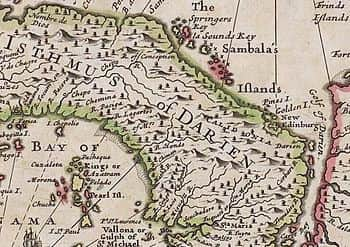

He said: “We gave them some gifts and tried to explain the reason for our visit, but we found that they had no local lore of the Scots,little sense of time or history, and no interest in our story.”
Advertisement
Hide AdAdvertisement
Hide AdNevertheless, the group were welcomed onto Darien to complete their adventure but not before raising further bemusement by donning kilts and playing pipe music in the jungle surrounds.
The only tangible evidence of the Scots arrival in 1698 was the ruins of Fort St Andrew, built at the harbour entrance, Mr Redwood said.
He found a low earthen rampart and dry moat complete with four bastions for cannons. A circular stone structure was also found, which Mr Redwood believes to was a baker’s oven. Some of it was built from red bricks, likely to have come from Scotland.
Darien had been designed to secure lucrative trade routes in the Caribbean using the isthmus as an alternative to the hazardous trip round Cape Horn.
Advertisement
Hide AdAdvertisement
Hide AdHowever, the Darien settlement was beset with poor health, lack of food, high death rates and intense hostility from the Spanish who had claimed Darien as their own.


Mr Redwood believes that poor leadership of councillors running the colony were partly responsible for the failure of Darien
He added: “The climate and the jungle are a challenging environment and have been blamed for the failure of the colony. However the sea and land are fertile and bountiful, but the settlers made no attempt to fish, gather food or grow crops, nor trade for food with the Indians, and lived off ships’ stores. Many similar places around the Caribbean had already been successfully settled.”
The first colony was abandoned in July 1699 but, unbeknown to councillors leading the colony, four more ships were already enroute to Panama, arriving four months after the first colonists fled.
Advertisement
Hide AdAdvertisement
Hide AdThe new boats, carrying another 1,000 Scots, arrived to find Darien abandoned - and hundreds of graves of their fellow countrymen. They left in February 1700.
As for Mr Redwood, he believes he will return to Darien for further adventures.
“I would love to go back and I know there are members of the society who are keen also, so I’m sure we will,” he said.
